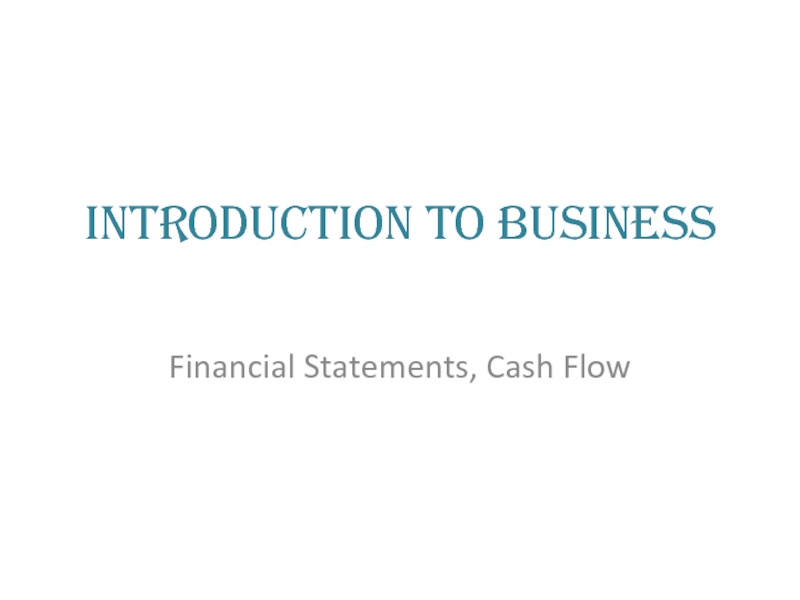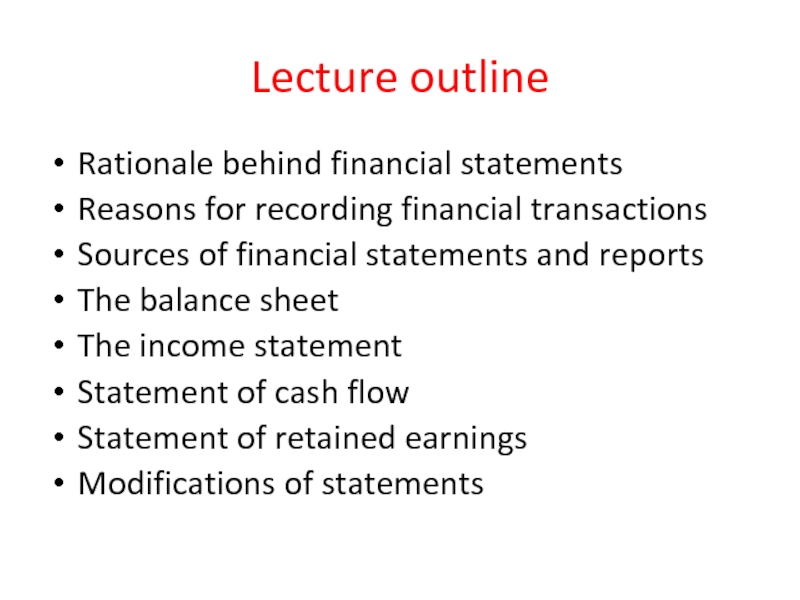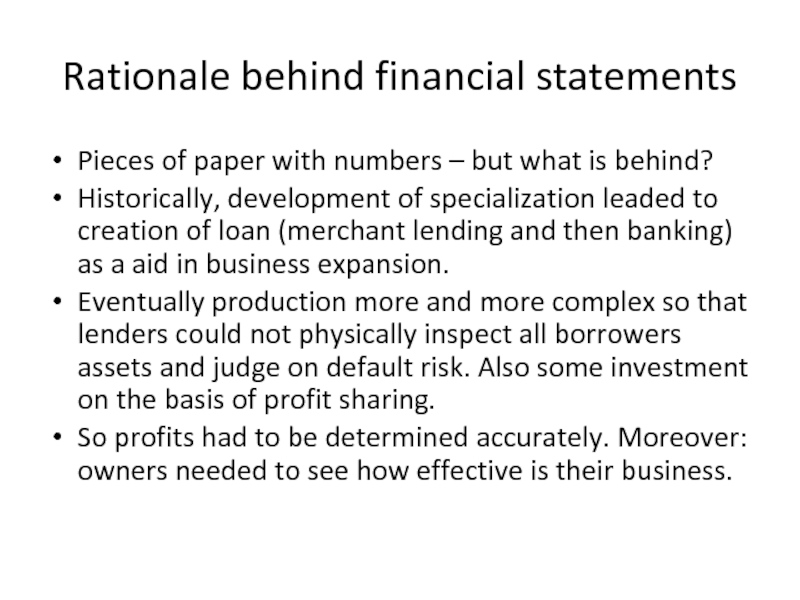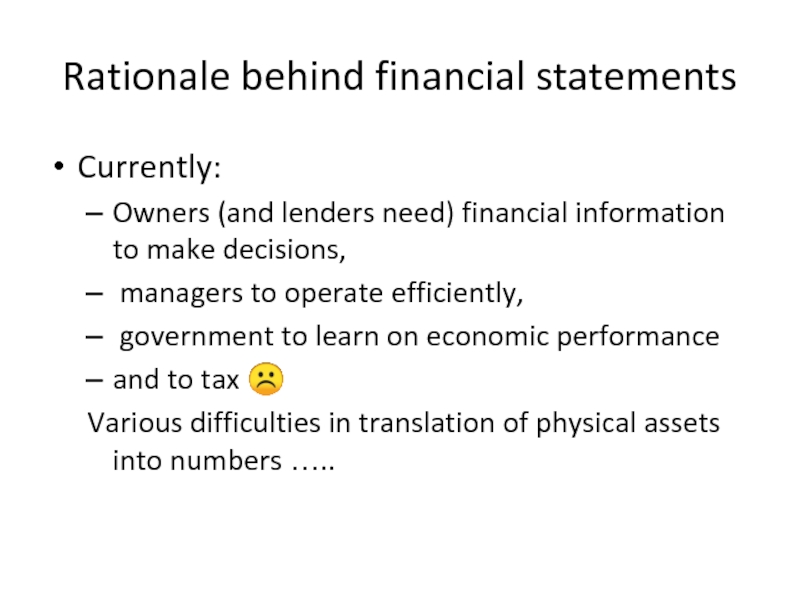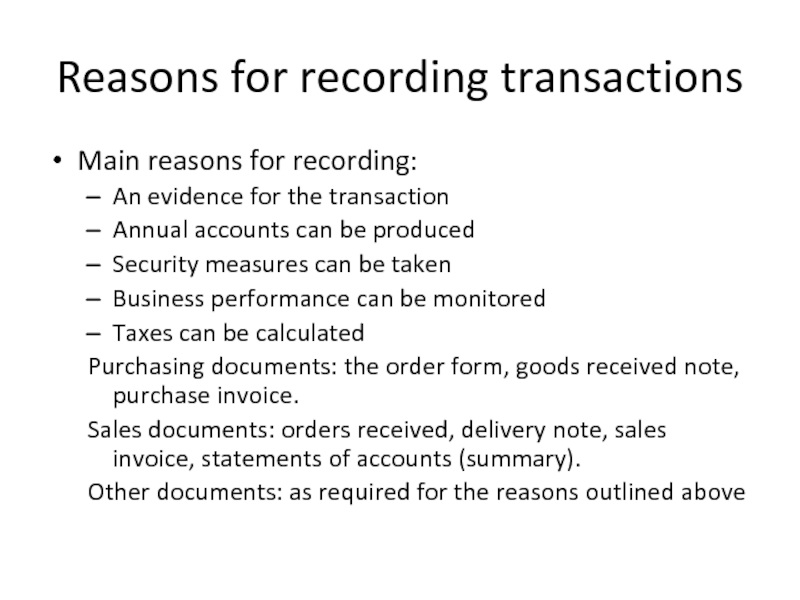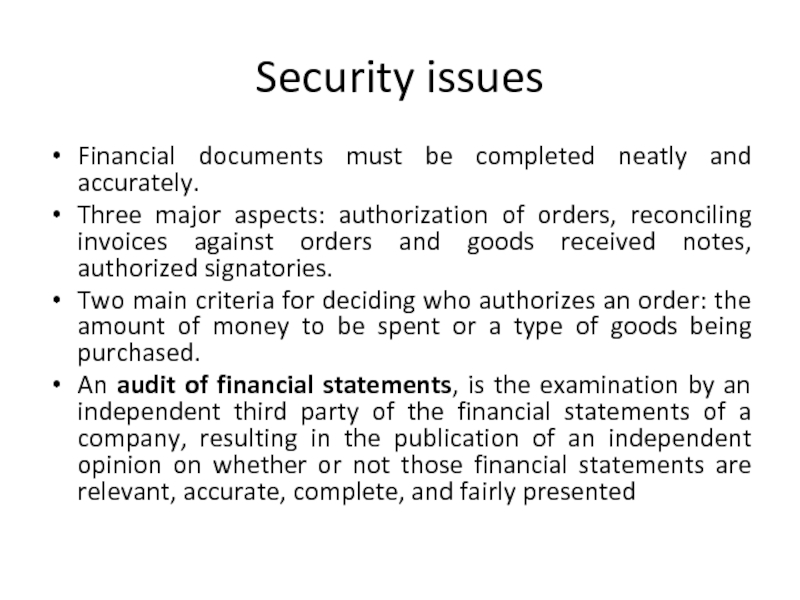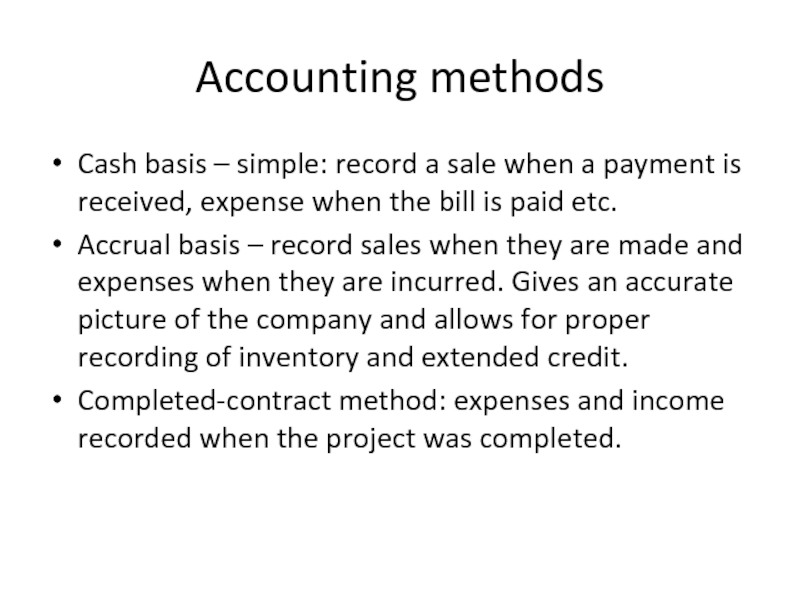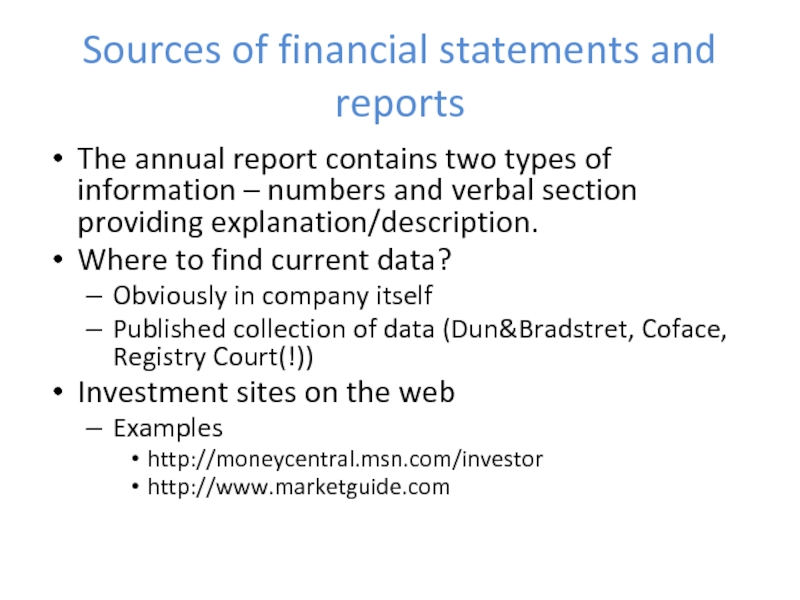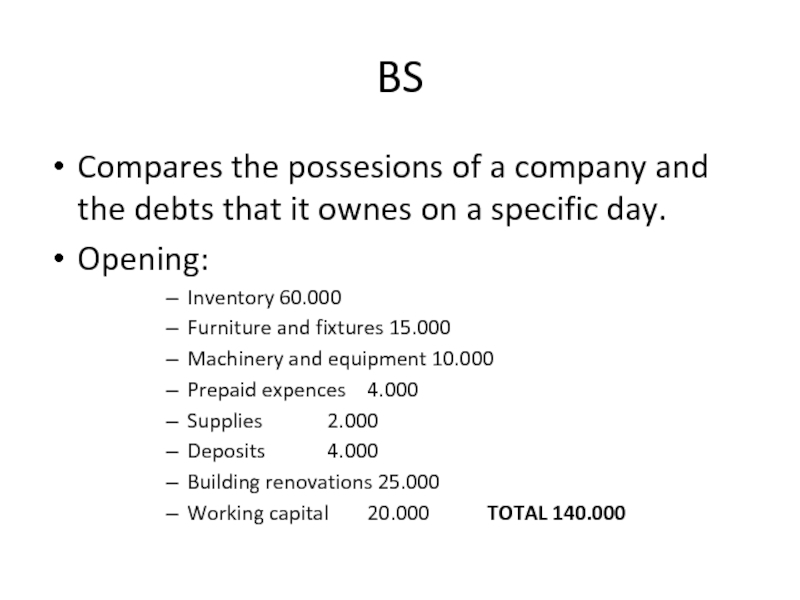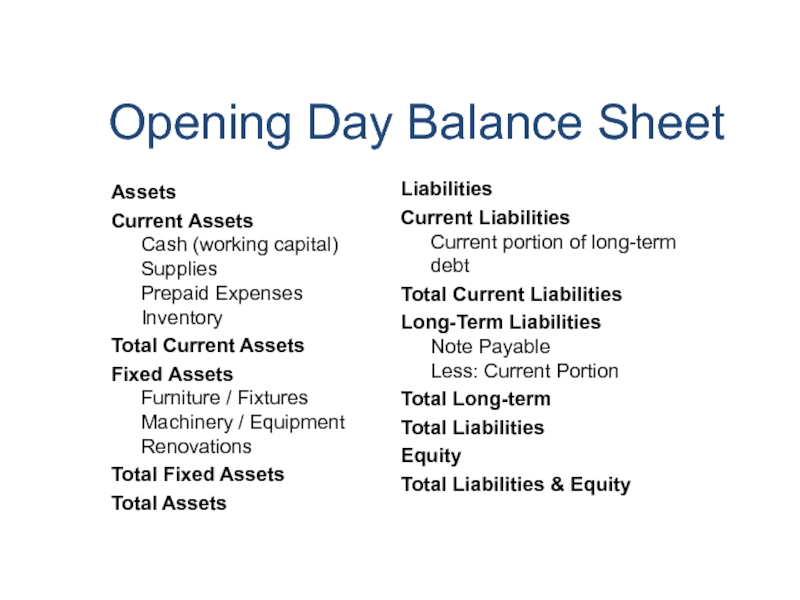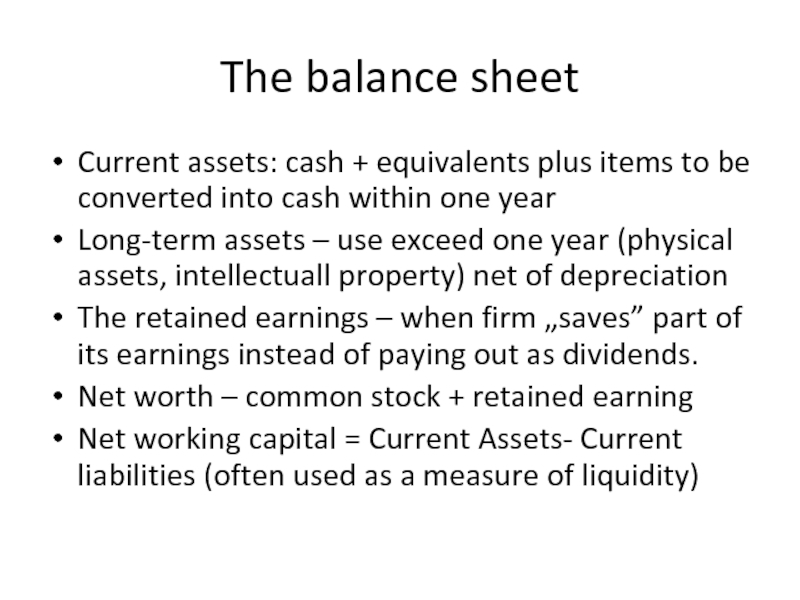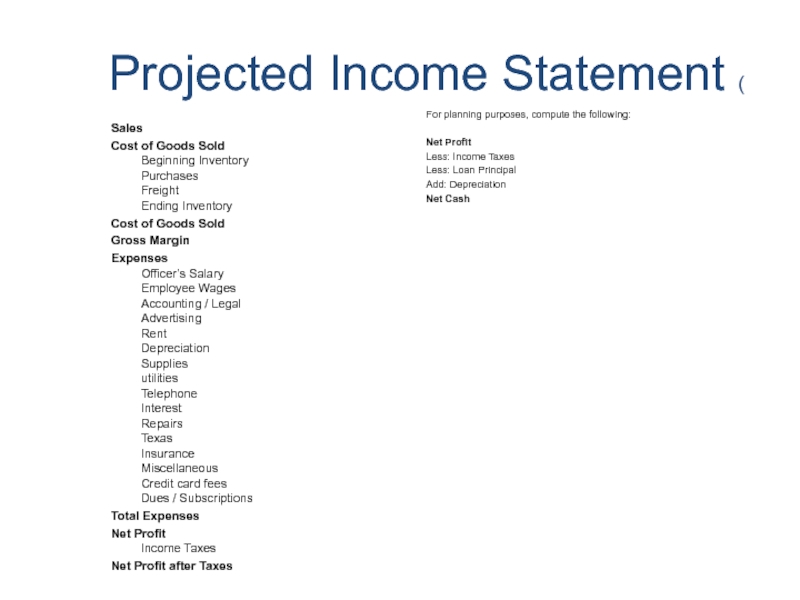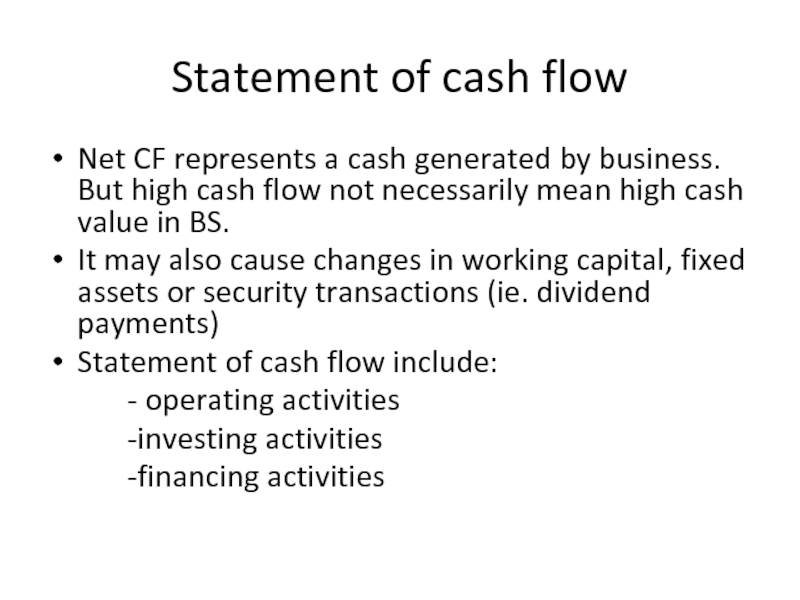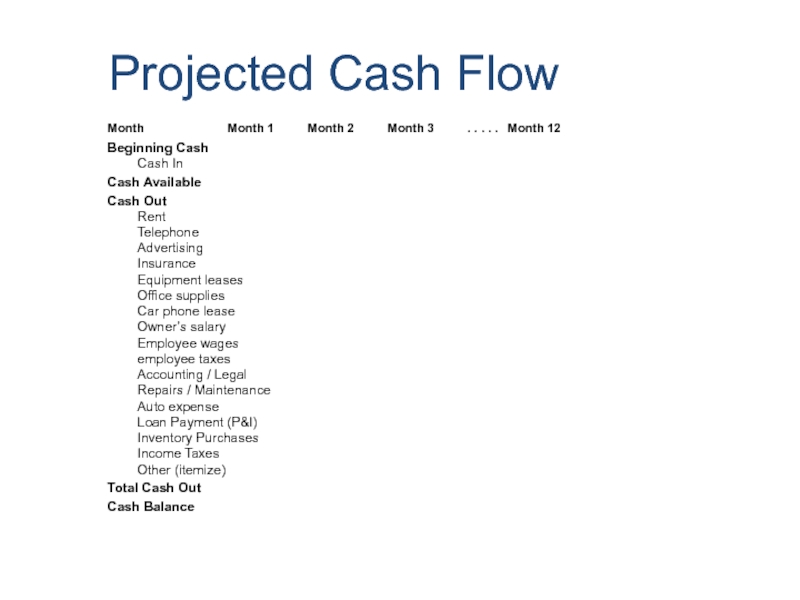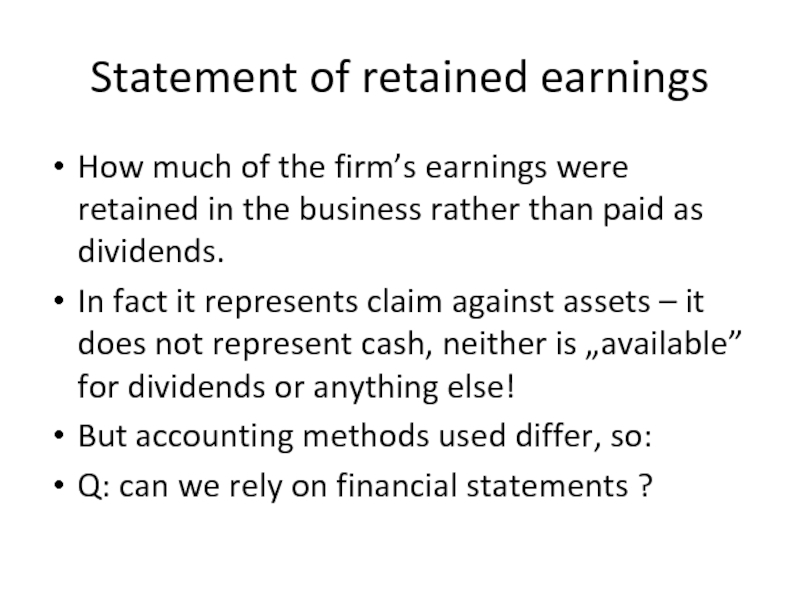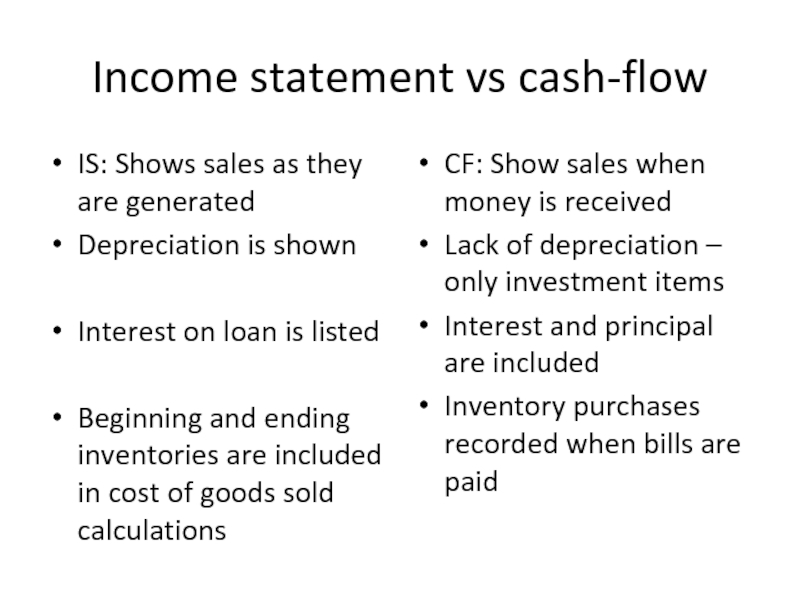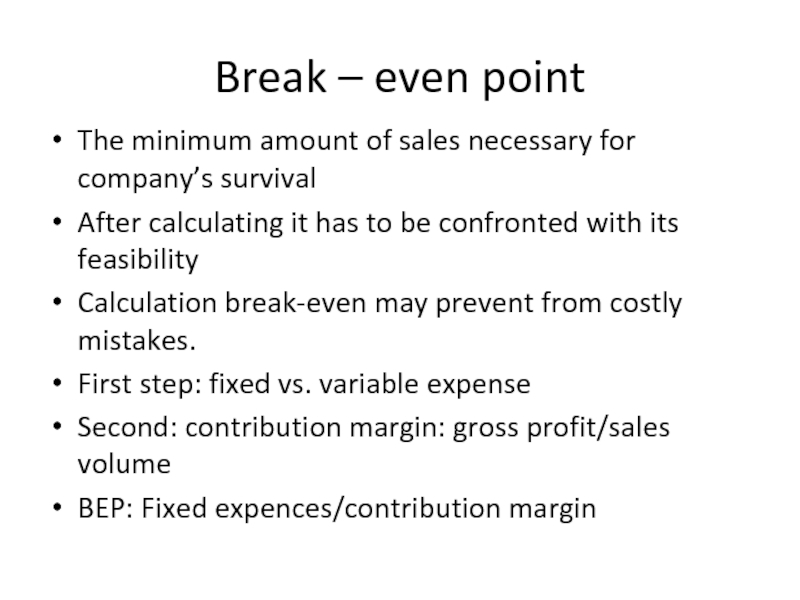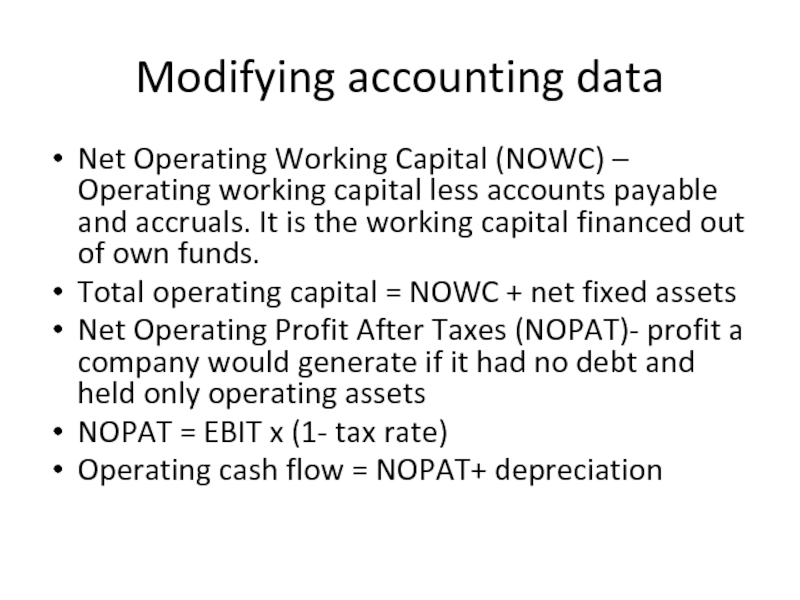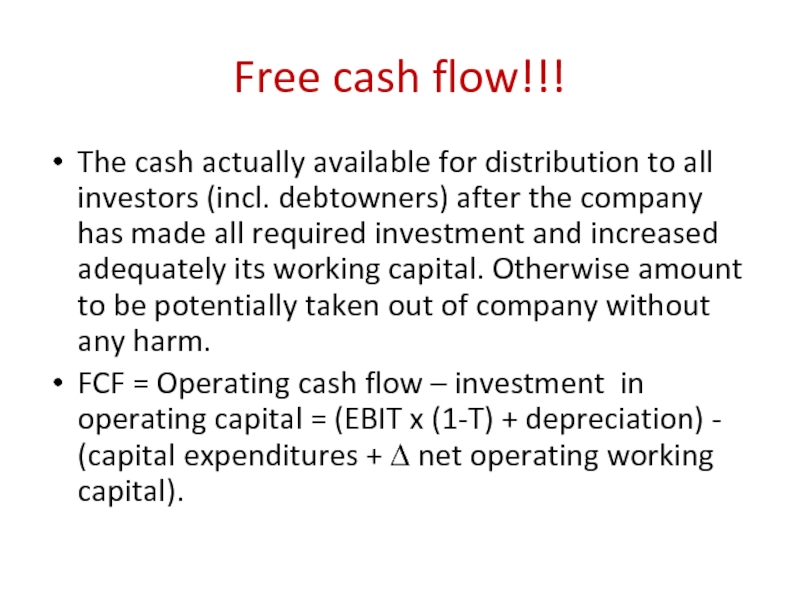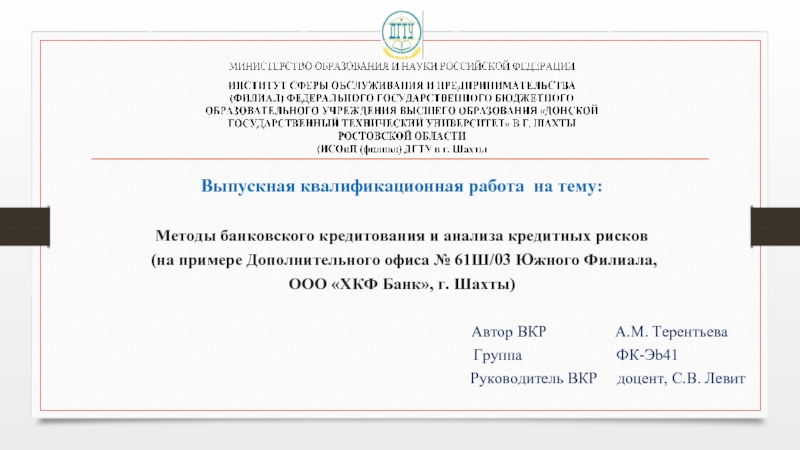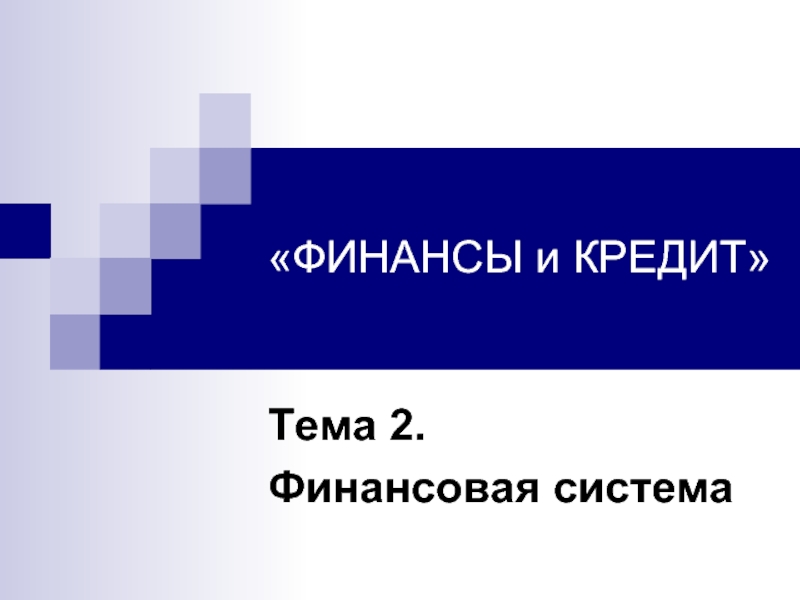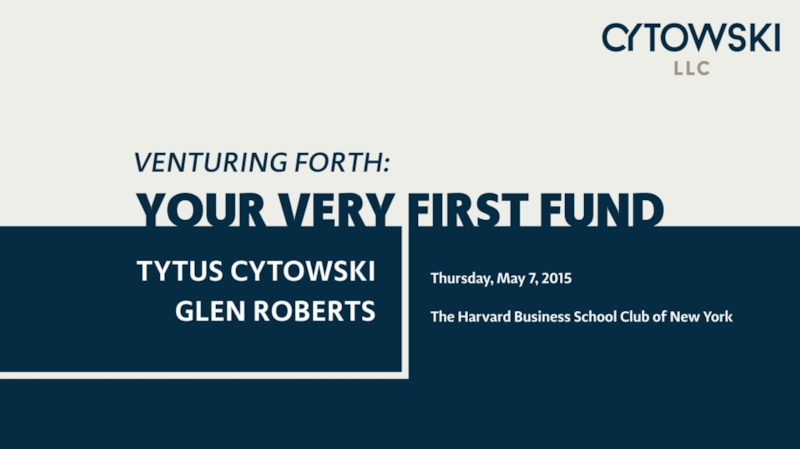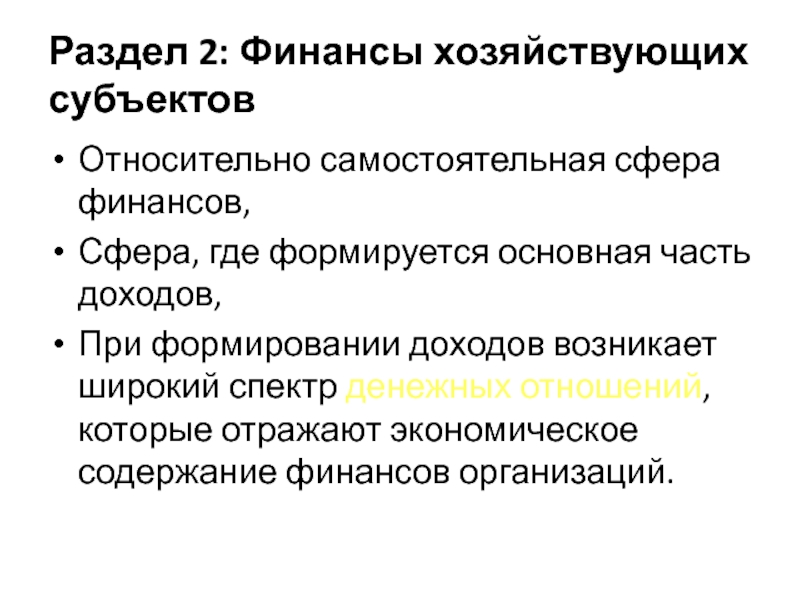- Главная
- Разное
- Дизайн
- Бизнес и предпринимательство
- Аналитика
- Образование
- Развлечения
- Красота и здоровье
- Финансы
- Государство
- Путешествия
- Спорт
- Недвижимость
- Армия
- Графика
- Культурология
- Еда и кулинария
- Лингвистика
- Английский язык
- Астрономия
- Алгебра
- Биология
- География
- Детские презентации
- Информатика
- История
- Литература
- Маркетинг
- Математика
- Медицина
- Менеджмент
- Музыка
- МХК
- Немецкий язык
- ОБЖ
- Обществознание
- Окружающий мир
- Педагогика
- Русский язык
- Технология
- Физика
- Философия
- Химия
- Шаблоны, картинки для презентаций
- Экология
- Экономика
- Юриспруденция
Introduction to business. Financial Statements, Cash Flow презентация
Содержание
- 1. Introduction to business. Financial Statements, Cash Flow
- 2. Lecture outline Rationale behind financial statements Reasons
- 3. Rationale behind financial statements Pieces of paper
- 4. Rationale behind financial statements Currently: Owners
- 5. Reasons for recording transactions Main reasons for
- 6. Security issues Financial documents must be completed
- 7. Accounting methods Cash basis – simple: record
- 8. Sources of financial statements and reports The
- 9. The balance sheet „Snapshot” of firm’s position
- 10. BS Compares the possesions of a company
- 11. Opening Day Balance Sheet Assets Current Assets
- 12. The balance sheet Current assets: cash +
- 13. The balance sheet issues Cash and equivalents
- 14. The income statement A report summarizing revenues
- 15. Projected Income Statement ( Sales Cost of
- 16. Statement of cash flow Net CF represents
- 17. Projected Cash Flow Beginning Cash Cash In
- 18. Statement of retained earnings How much of
- 19. Income statement vs cash-flow IS: Shows sales
- 20. Break – even point The minimum amount
- 21. Modifying accounting data Net Operating Working Capital
- 22. Free cash flow!!! The cash actually available
Слайд 2Lecture outline
Rationale behind financial statements
Reasons for recording financial transactions
Sources of financial
The balance sheet
The income statement
Statement of cash flow
Statement of retained earnings
Modifications of statements
Слайд 3Rationale behind financial statements
Pieces of paper with numbers – but what
Historically, development of specialization leaded to creation of loan (merchant lending and then banking) as a aid in business expansion.
Eventually production more and more complex so that lenders could not physically inspect all borrowers assets and judge on default risk. Also some investment on the basis of profit sharing.
So profits had to be determined accurately. Moreover: owners needed to see how effective is their business.
Слайд 4Rationale behind financial statements
Currently:
Owners (and lenders need) financial information to
managers to operate efficiently,
government to learn on economic performance
and to tax ☹
Various difficulties in translation of physical assets into numbers …..
Слайд 5Reasons for recording transactions
Main reasons for recording:
An evidence for the transaction
Annual
Security measures can be taken
Business performance can be monitored
Taxes can be calculated
Purchasing documents: the order form, goods received note, purchase invoice.
Sales documents: orders received, delivery note, sales invoice, statements of accounts (summary).
Other documents: as required for the reasons outlined above
Слайд 6Security issues
Financial documents must be completed neatly and accurately.
Three major aspects:
Two main criteria for deciding who authorizes an order: the amount of money to be spent or a type of goods being purchased.
An audit of financial statements, is the examination by an independent third party of the financial statements of a company, resulting in the publication of an independent opinion on whether or not those financial statements are relevant, accurate, complete, and fairly presented
Слайд 7Accounting methods
Cash basis – simple: record a sale when a payment
Accrual basis – record sales when they are made and expenses when they are incurred. Gives an accurate picture of the company and allows for proper recording of inventory and extended credit.
Completed-contract method: expenses and income recorded when the project was completed.
Слайд 8Sources of financial statements and reports
The annual report contains two types
Where to find current data?
Obviously in company itself
Published collection of data (Dun&Bradstret, Coface, Registry Court(!))
Investment sites on the web
Examples
http://moneycentral.msn.com/investor
http://www.marketguide.com
Слайд 9The balance sheet
„Snapshot” of firm’s position at a given point in
Current Assets
Cash and equivalents
Accounts receivable
Inventory
Long-term (fixed) Assets
Net plant and equipment
Other long-term assets
TOTAL ASSETS
TOTAL LIABILITIES AND EQUITY
Current Liabilities
Accrued wages and taxes
Accounts payable
Notes payable
Long –Term Debt
Stockholders’ Equity
Common stock
Retained earnings
Слайд 10BS
Compares the possesions of a company and the debts that it
Opening:
Inventory 60.000
Furniture and fixtures 15.000
Machinery and equipment 10.000
Prepaid expences 4.000
Supplies 2.000
Deposits 4.000
Building renovations 25.000
Working capital 20.000 TOTAL 140.000
Слайд 11Opening Day Balance Sheet
Assets
Current Assets
Cash (working capital)
Supplies
Prepaid Expenses
Inventory
Total Current Assets
Fixed Assets
Furniture
Total Fixed Assets
Total Assets
Liabilities
Current Liabilities
Current portion of long-term debt
Total Current Liabilities
Long-Term Liabilities
Note Payable
Less: Current Portion
Total Long-term
Total Liabilities
Equity
Total Liabilities & Equity
Слайд 12The balance sheet
Current assets: cash + equivalents plus items to be
Long-term assets – use exceed one year (physical assets, intellectuall property) net of depreciation
The retained earnings – when firm „saves” part of its earnings instead of paying out as dividends.
Net worth – common stock + retained earning
Net working capital = Current Assets- Current liabilities (often used as a measure of liquidity)
Слайд 13The balance sheet issues
Cash and equivalents vs other assets. What is
Inventory accounting: FIFO (first-in, first-out) or other methods to determine inventory value?
Possible other sources of funds: preferred stock, convertible bonds, long-term leases.
Depreciation methods – two sets of statements – one for owners, second for taxation.
Market values vs book values.
Слайд 14The income statement
A report summarizing revenues and expenses (or rather costs)
EBIT- earning before interest and taxes= sales revenue minus operating costs. Often called OPERATING INCOME.
EBITDA = EBIT+DEPRECIATION or earnings before interest, taxes, depreciation and amortization. Shows amount of cash in the company.
Net cash flow: Net income + depreciation and amortization. Thus business net cash flow differs from accounting profits!
Слайд 15Projected Income Statement (
Sales
Cost of Goods Sold
Beginning Inventory
Purchases
Freight
Ending Inventory
Cost of Goods
Gross Margin
Expenses Officer’s Salary Employee Wages Accounting / Legal Advertising Rent Depreciation Supplies utilities Telephone Interest Repairs Texas Insurance Miscellaneous Credit card fees Dues / Subscriptions
Total Expenses
Net Profit Income Taxes
Net Profit after Taxes
For planning purposes, compute the following:
Net Profit
Less: Income Taxes
Less: Loan Principal
Add: Depreciation
Net Cash
Слайд 16Statement of cash flow
Net CF represents a cash generated by business.
It may also cause changes in working capital, fixed assets or security transactions (ie. dividend payments)
Statement of cash flow include:
- operating activities
-investing activities
-financing activities
Слайд 17Projected Cash Flow
Beginning Cash
Cash In
Cash Available
Cash Out
Rent
Telephone
Advertising
Insurance
Equipment leases
Office supplies
Car phone lease
Owner’s
Total Cash Out
Cash Balance
Month Month 1 Month 2 Month 3 . . . . . Month 12
Слайд 18Statement of retained earnings
How much of the firm’s earnings were retained
In fact it represents claim against assets – it does not represent cash, neither is „available” for dividends or anything else!
But accounting methods used differ, so:
Q: can we rely on financial statements ?
Слайд 19Income statement vs cash-flow
IS: Shows sales as they are generated
Depreciation is
Interest on loan is listed
Beginning and ending inventories are included in cost of goods sold calculations
CF: Show sales when money is received
Lack of depreciation – only investment items
Interest and principal are included
Inventory purchases recorded when bills are paid
Слайд 20Break – even point
The minimum amount of sales necessary for company’s
After calculating it has to be confronted with its feasibility
Calculation break-even may prevent from costly mistakes.
First step: fixed vs. variable expense
Second: contribution margin: gross profit/sales volume
BEP: Fixed expences/contribution margin
Слайд 21Modifying accounting data
Net Operating Working Capital (NOWC) – Operating working capital
Total operating capital = NOWC + net fixed assets
Net Operating Profit After Taxes (NOPAT)- profit a company would generate if it had no debt and held only operating assets
NOPAT = EBIT x (1- tax rate)
Operating cash flow = NOPAT+ depreciation
Слайд 22Free cash flow!!!
The cash actually available for distribution to all investors
FCF = Operating cash flow – investment in operating capital = (EBIT x (1-T) + depreciation) - (capital expenditures + ∆ net operating working capital).
